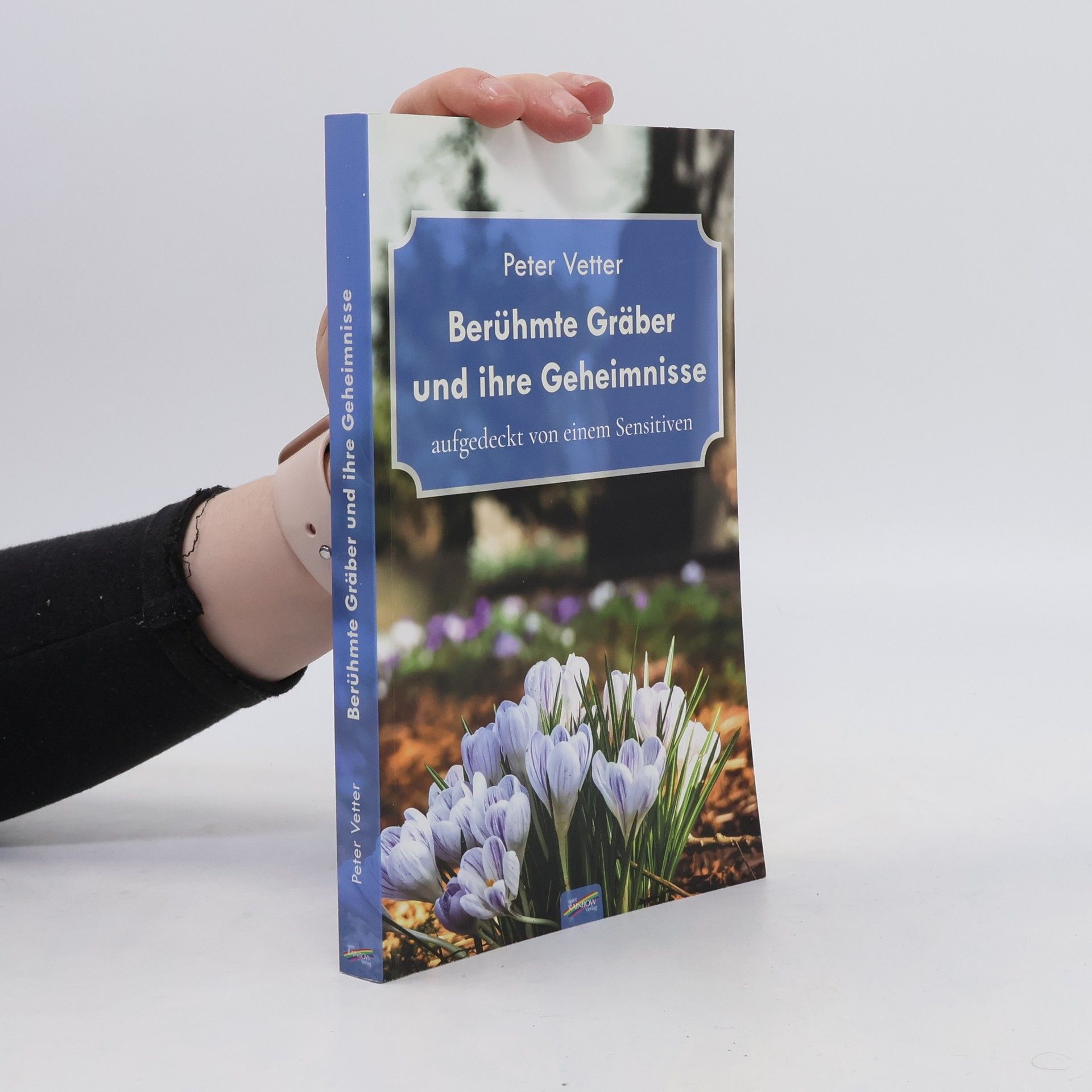No style
- 253 stránek
- 9 hodin čtení
In various places, particularly in the USA, Ernst Keller is recognized as the father of Swiss Style, later known as International Typographic Style, due to the influence of his numerous students who popularized this design approach. His achievements are primarily illustrated through his poster designs and contributions to lettering and graphic design in architecture. Keller's role in developing innovative, non-academic teaching methods in design training is significant. Beginning in 1918, he established one of the first systematic graphic design training programs globally. His teaching from 1918 to 1956 produced a diverse array of designers, including key figures in new graphic design like Richard Paul Lohse, Josef Müller-Brockmann, and Carlo Vivarelli, as well as artistic illustrators such as Heiri Steiner, Lora Lamm, and K. Domenic Geissbühler. Innovative designers like Hermann Eidenbenz and Gérard Miedinger also emerged from his program, alongside scientific illustrators like H. P. Weber and caricaturist H. U. Steger. Additionally, many of his students became international educators, including Pierre Gauchat, Walter Käch, Robert Sessler, Fred Troller, and Josef Müller-Brockmann. This rich diversity of talent reflects the openness, sustainability, and rejection of dogma inherent in Keller’s teaching philosophy.

